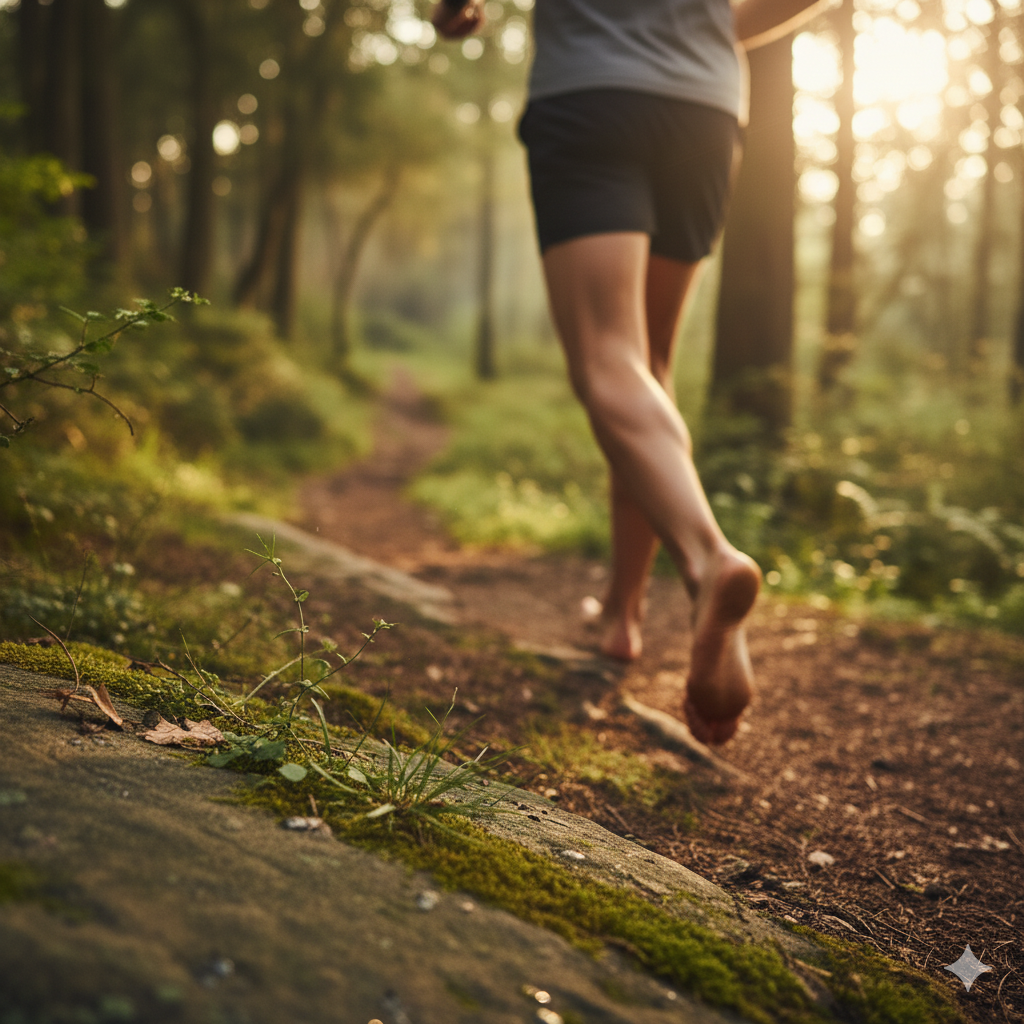What are Barefoot shoes?
•Posted on September 26 2025

Barefoot shoes, also known as minimalist or zero-drop shoes, are designed to mimic the experience of walking barefoot, allowing a natural foot movement and a greater sensation of the ground surface.
They are a growing trend across the globe and have had particular success recently in Spain and Czechia and is growing in the UK.
They typically feature a thin, flexible sole, a wide toe box, and no heel-to-toe drop.
Barefoot may not be for everyone. For some the support of a built up base with an arch will be preferable. At Shoegarden we offer traditional shoes beside barefoot styles so customers have the range of choice depending on preference.
Click here for our Barefoot range.
Key Characteristics
Thin, Flexible Sole:
Allows the foot to feel and respond to the ground more directly, promoting a more natural gait and strengthening intrinsic foot muscles.
Wide Toe Box:
Provides ample space for toes to spread and move naturally, preventing compression and promoting healthy foot function.
No Heel-to-Toe Drop:
The heel and forefoot are at the same level, encouraging a more natural and balanced posture.
Lightweight:
Minimizes the weight on the foot, allowing for a more natural and efficient movement pattern.
Minimal Padding and Support:
Allows for more freedom of movement and encourages the foot to develop its own natural support.
Benefits:
Stronger and More Agile Feet:
Barefoot shoes encourage the foot to work harder and become stronger, improving balance and coordination.
Improved Proprioception:
Enhanced ability to sense the position of the body in space, leading to better balance and coordination.
Natural Gait:
Barefoot shoes promote a more natural and efficient walking or running pattern, potentially reducing the risk of injury.
Reduced Risk of Foot Problems:
By allowing the foot to function more naturally, barefoot shoes can help prevent or alleviate issues like flat feet, plantar fasciitis, and other foot conditions.
Considerations
Transition Period:
Gradually transitioning to barefoot shoes is recommended to allow the foot muscles to adapt.
Lack of Cushioning and Support:
Barefoot shoes may not be suitable for individuals with specific foot conditions or injuries. They may not suit people who are typically heavier on shoes.
A personal decision:
Some people love the barefoot sensation other prefer some lift and support, especially if the individual is not used to walking barefoot or with minimal footwear. Remember to try them at home on carpet and if they are not for you you can still return them. Once worn outside they cannot be returned.